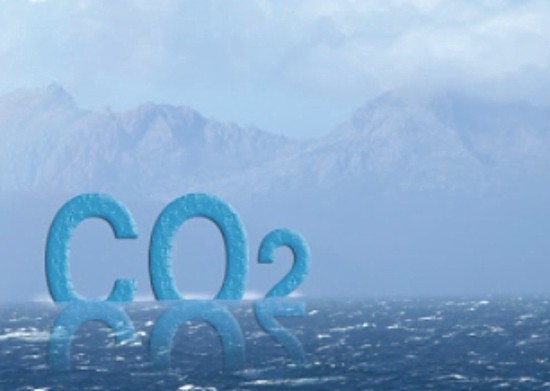Carbon capture, technologies designed to remove carbon dioxide (CO2) from extractive, refining and manufacturing processes, or directly from the atmosphere, are being touted as necessary if we are to achieve net-zero emissions by 2050.
There are five categories of carbon capture.
The first is relying on natural processes with an assist from us to do much of the heavy lifting. We are talking about:
- Afforestation and reforestation (the planting of billions of trees),
- Restoration of wetlands, peat, and soil on land,
- Increasing seagrass and kelp forests in oceans.
The second method is carbon capture and sequestration (CCS). This involves capturing CO2 from industrial emissions and piping the gas in concentrated or liquid form into underground stable rock formations where it will remain permanently. In Iceland, pumping captured CO2 into basalt and sandstone is leading to metamorphosis as the carbon alters the rock chemistry turning it into limestone.
The third is the preferred method the fossil fuel industry wants governments to buy into and help fund and subsidize. This is carbon capture utilization and storage (CCUS), described by the industry as the necessary catalyst for us to achieve net-zero emissions from energy producers by 2050. CCUS is all about using captured CO2 to enhance recovery from mature oil wells to extend their lives. The revenue earned, the industry says will help it to fund further development of carbon capture technologies without asking for even more financial assistance from governments.
A variation on number three is to use captured carbon in other manufacturing processes. Several companies have developed new types of cement with embedded carbon. See content on this site about CarbonCure, a Canadian company that is purchasing captured carbon from industrial sources and putting it into its concrete products. And captured carbon is even being made into aviation fuel, see Dimensional Energy, an Ithaca, New York-based company, that may soon provide the fuel that rockets use to get us to space.
The fourth category for carbon is grabbing CO2 directly from the air. Direct Air Capture (DAC) has made considerable advances in the last decade led by companies like Carbon Engineering, also Canadian in origin. The challenge for DAC is to scale the technology to a point where costs for capturing a ton of CO2 converted into usable zero-emission products like fuels are viable.
A fifth category is using the ocean which is currently the largest natural carbon sink on the planet. But advocates of geoengineering are suggesting there could be other ways for the oceans to absorb more CO2 with little consequence to the ecological balance of marine environments.
We have already mentioned the cultivation of seagrass and kelp forests. But other solutions that are chemical have also been suggested. The challenge is that any solution has to pass muster with the entire human community because the oceans of the world are defined as are a global commons and subject to international law. Having said that, carbon capture is not covered very well under existing international statutes.
That’s led to unauthorized experiments such as one done by an American businessman, Russ George, who in July 2012 dumped 100 tons of iron sulphate off the Pacific coast of British Columbia to cause a temporary algae bloom. George believed his experiment using iron would help to capture CO2. Called ocean fertilization, it has been replicated by others not only using iron but also crushed limestone.
Then there are geoengineering advocates who propose pumping captured CO2 into the deep ocean where the enormous pressure exerted on it by the water canopy above would hold it in place. The first article I ever read proposing this as a solution appeared in 2009 in the journal Energy Procedia. It described deep ocean disposal of captured CO2 below 3,000 metres (almost 10,000 feet) in depth and defined it as a temporary storage solution that could work for an estimated 30 to 500 years. Fortunately, no actual experiment has occurred so far because, in my mind, the unintended consequences of adopting such a strategy are incalculable.
So there you have it. Carbon capture advocates remain very much alive and well here in the third decade of the 21st century as we try and find our way to overcome global warming. One thing is certain, other than natural carbon capture, the solutions we are working on don’t come cheap.
















